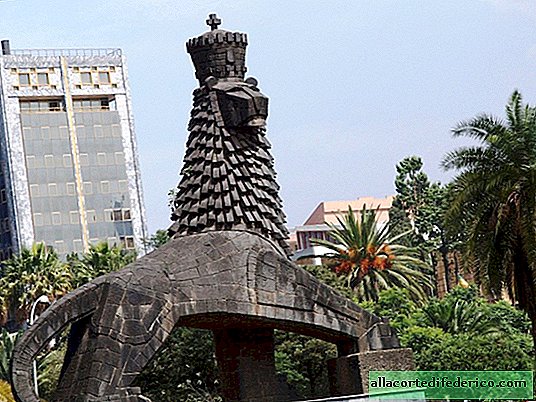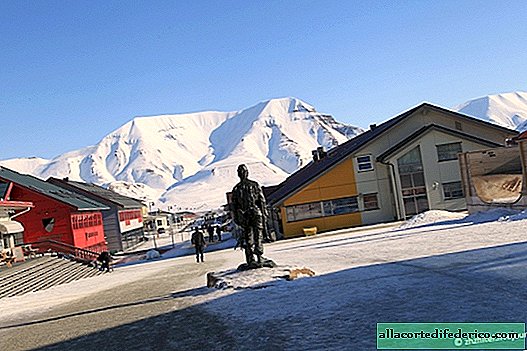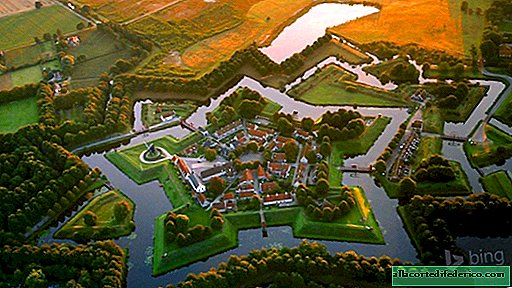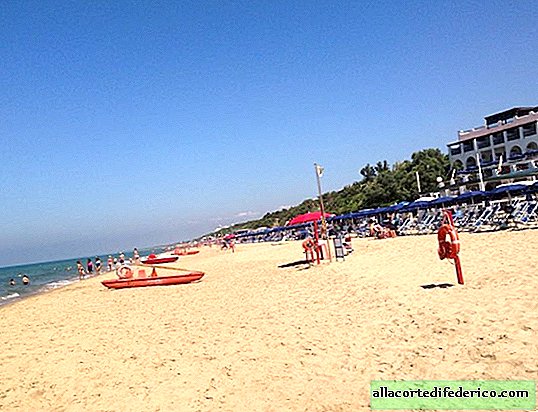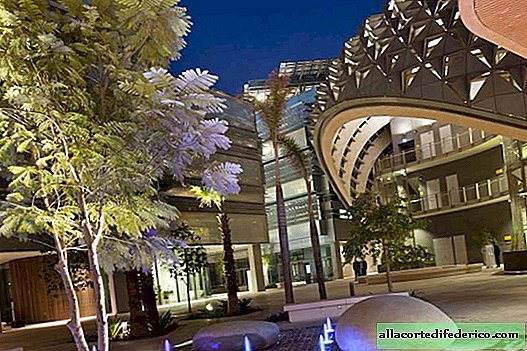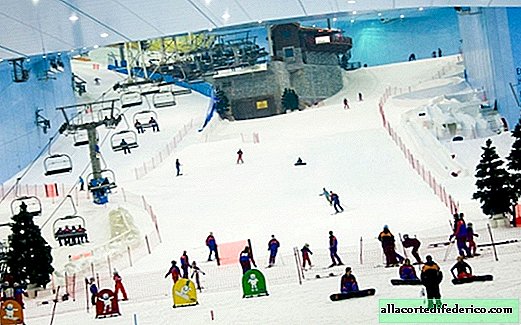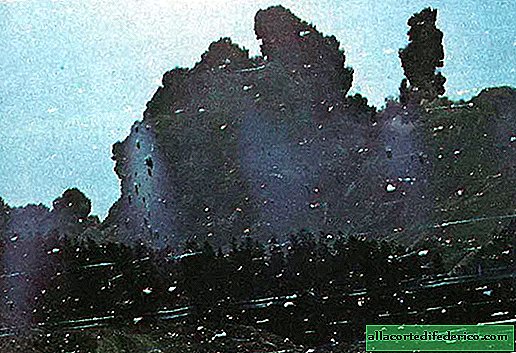Spinalonga - leper island
My short trip to the Greek islands was gradually coming to an end. Behind there were three busy days during which I met Mykonos and Santorini. The last two days I have devoted to a trip to Crete.
Spinalonga is the Venetian name for a small uninhabited island located in the eastern part of Crete near the Greek village of Plaka. Since 1957, the island has officially been called the ancient name Calydon, although out of habit everyone calls it Spinalonga anyway. Next to it is the peninsula of the same name.
Today, the peninsula is separated from Crete by a small bay. In ancient times, there was land in its place - there was a large port city of Olus, which went under water after an earthquake in the 2nd century AD. Today, near this place there is the village of Elounda. To make it easier to figure out what's what - I put a map.
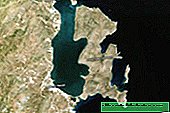
In the Middle Ages, these lands were empty. The reason for this was the constant raids of pirates.

At the beginning of the XIII century, Crete, which was then called the Kingdom of Candia, became part of the Venetian Republic. Salt was mined on the Spinalonga Peninsula, after which a gradual revival of the region began.
Port Olus has been restored.

The name of Spinalonga is Venetian. Translated from Italian, it means "long spike."

The Venetian cartographer Vincenzo Coronelli claimed that Spinalonga was not always an island. According to his theory, in 1526, the Venetians decided to turn the northern tip of the Spinalonga peninsula into an island on which it was planned to build an impregnable fortress that protected the passage to Olus.

At the beginning of the construction, on the top of the cliff were the ruins of the ancient acropolis, which were used as the foundation. The fortress was commissioned in 1586.

At this point, Cyprus, which, like Crete, was under Venetian rule in the 16th century, was captured by the Ottoman forces. It was clear that they would soon reach Crete, so they approached the construction as seriously as possible.

The fortress consisted of two parts: the fortress wall surrounding the island along the perimeter along the coast, and the citadel, built on top of a cliff in the middle of the island. Spinalonga was protected by 35 cannons and was considered one of the most impregnable fortresses in the Mediterranean.

In 1669, Crete was captured by the Ottoman Empire, but Spinalonga maintained its independence for more than 35 years - until 1715. After the surrender of the fortress to the Turks, the latter built their own village inside. By the end of the 19th century, more than 1,100 people lived in it.

In 1898, Crete left the Ottoman Empire, and in 1913 became part of Greece. Most of the Turkish population fled.
In 1903, the island was turned into a leper colony. There was no cure for this disease then, so everyone who caught the infection was considered incurable. Spinalonga was an ideal solution for isolating patients and for the calmness of the healthy population of Crete - the island was located off the coast, which simplified the transportation of patients and food. Moreover, there were many empty houses left on Spinalong that were abandoned several years ago by the escaping Turks.

According to legend, after gaining independence by Crete, the Turks did not want to leave Spinalonga, and it was for this reason that the first lepers were sent to the island, forcing residents to flee in horror.

The first patients with leprosy arrived on the island in 1904, and by 1913 there were already about 1000 of them. At first they were brought only from Crete. Then - from mainland Greece. Finally, by 1915, Spinalonga became one of the largest international leper colony.

Entrance to the fortress was through a curved tunnel. In the days of the leper colony, it was called the gate of Dante - as in hell, those who came here had no hope of ever returning. For all arrivals, Spinalonga became the last refuge.

Initially, the living conditions on the island were horrific - Spinalonga was an endless slum, mired in poverty and squalor. A real graveyard with a reprieve - without the slightest organization, without medicine, without hope ...

Patients on Spinalonga received a small monthly allowance, but most often it was not enough even for food, not to mention any medications. At the same time, the island was almost completely cut off from civilization - all things were sterilized, water and food were delivered exclusively by boat.

But, despite all the horrors, the inhabitants of the island were soon able to develop a self-organized society with their own rules and values. Marriages even began to be made on the island, although this was prohibited by law. Although, if healthy children were born in the marriage, they were urgently taken to Crete.

Over time, cafes and shops began to appear on the island, and a church was built. A healthy priest, who had lived on the island for many years, came to Spinalonga from Crete. Residents of the nearest village began to arrange an improvised bazaar at the fortress gates, where they could buy food and send letters to the mainland. Life began to improve.
In the 1930s, construction of new houses began, and in 1939 a ring road was erected around the perimeter of the island. For this part of the fortifications was blown up.

In the middle of the 20th century, a cure for leprosy was discovered. By this time, most of the houses on Spinalong were repaired, a theater and a cinema appeared - the life of the leper colony began to remotely resemble life beyond.

The last patients left the island in 1957, since Spinalonga is uninhabited.

By the way, the inhabitants of Crete believe that ghosts are found on the island - the restless souls of the dead. They say that at night on the island, voices and bell ringing are heard.

